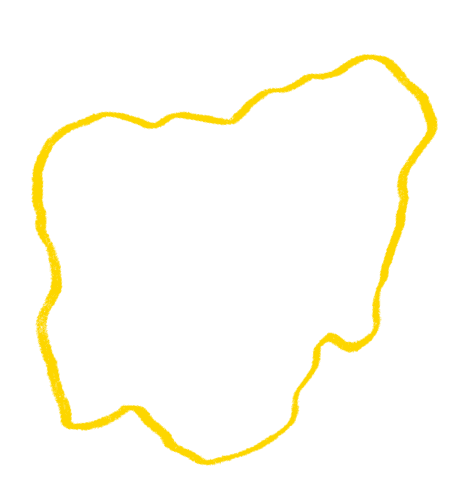Gravity
It was a long gruelling walk to the nearest water for Priscilla in rural Uganda. So they brought the water to her with a new scheme. The secret is gravity...
Written by Tearfund | 05 Aug 2019
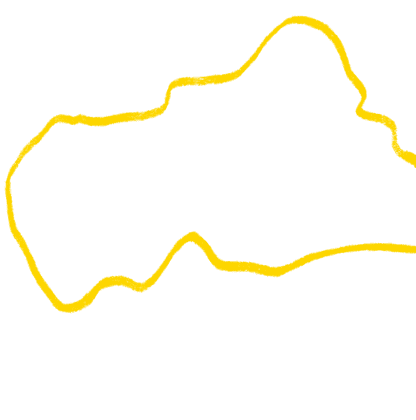
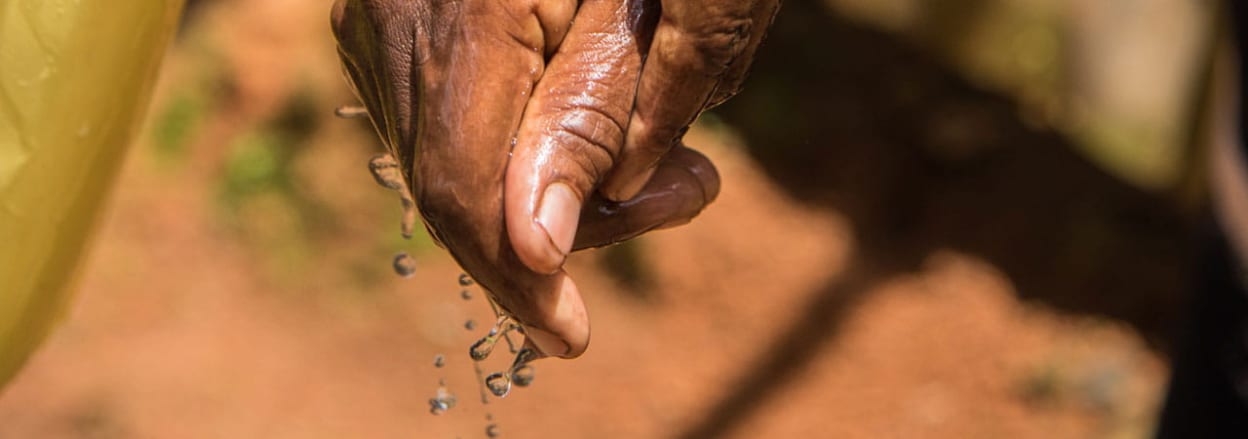
Written by
Written by Tearfund
It was a long gruelling walk to the nearest water for Priscilla and hundreds more like her in rural Uganda. So they brought the water to her, with an ingenious new scheme.
Priscilla stands proudly beside the village tap as she poses for a photo. She looks after it for the village – one of 49 in the wider Nkamiro community. It brings clean water to the heart of the village (and many others) for the first time.
Delivering clean water to a remote mountainous region like theirs isn’t easy. This new water system is all thanks to a Gravity Flow Scheme – installed by the Ugandan Diocese of Kigezi, in partnership with Tearfund.
Gravity flow is a technique as old as the Romans, who used it to transport water by aqueduct.
Put simply: the team scout around to find a source of water so high up that it will consistently travel downwards to the communities in need of it. Gravity directs the water to strategically placed reservoirs and, in turn, to the taps.
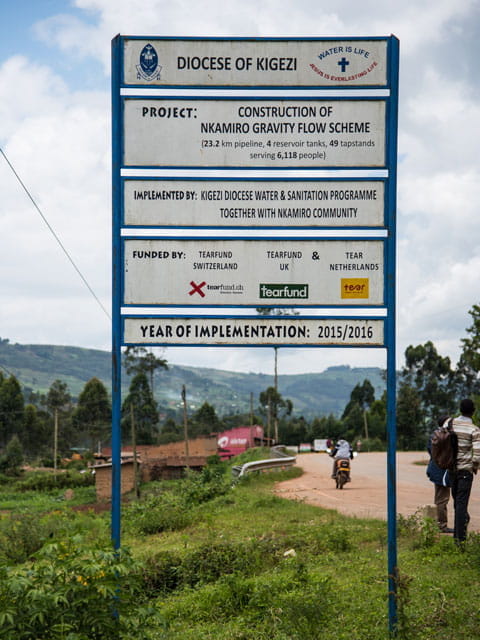
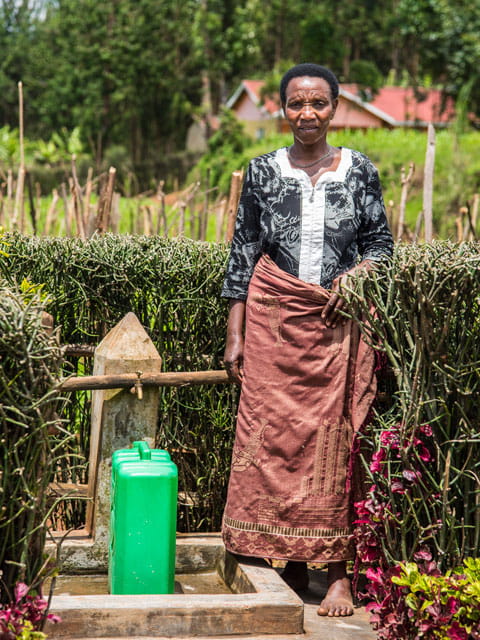
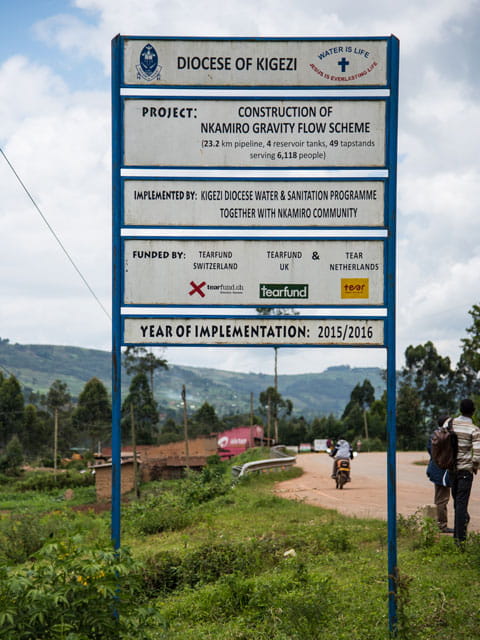
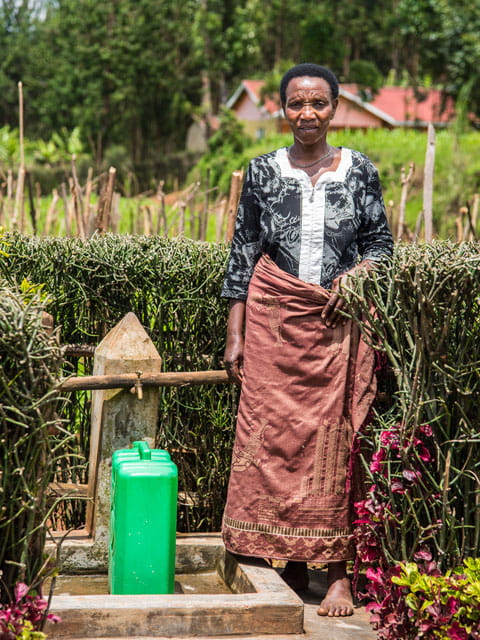
L-R: The region proudly proclaims that it's officially watered, Priscilla on duty by the village tap.
Finding the flow
Finding suitable water sources and a workable route down for the water to reach all the villages is hard work and doesn’t come cheap. It took the team a year to construct, using over 14 miles of pipe (all carefully concreted over to protect it from contact with the soil).
However, this system has been built to last. And it brings clean water to over six thousand people for the first time.
It’s certainly great news for Priscilla. Before the new system, she had to walk down to the local open streams to get water – sometimes late at night, often carrying an infant on her back.
She sometimes had to go without food due to the lack of water to prepare it. ‘Life was a bit hard,’ she says now, in an understated manner.
The distance to the streams, however, was just one of her woes. The water was often contaminated. ‘We had often diseases like dysentery and ringworm in the community,’ she says, ‘especially the young children.’
‘‘I’ve got time to make money and grow food. Life is so much easier now.’
’
Fresh water, fresh start
All this has changed now, and not just because of running water. ‘They trained us in basic sanitation and hygiene too,’ says Priscilla. ‘We now know what to do to prevent these diseases.’
And the benefits don't stop there for the villagers. They have found new ways to make a living; ‘People make bricks with the water and sell them. They can also grow vegetables, tend cattle and sell fresh milk.’
‘I’ve got time to make money and grow food,’ says Priscilla. ‘Life is so much easier now.’
Similarly Tagged Content
Share this page
Share this page to spread the word and help support those in need.

Get our email updates
Learn about our work and stay in touch with Tearfund. Hear about our news, activities and appeals by email.
Sign up now - Get our email updates

